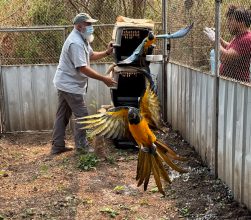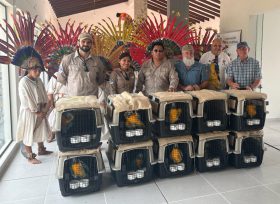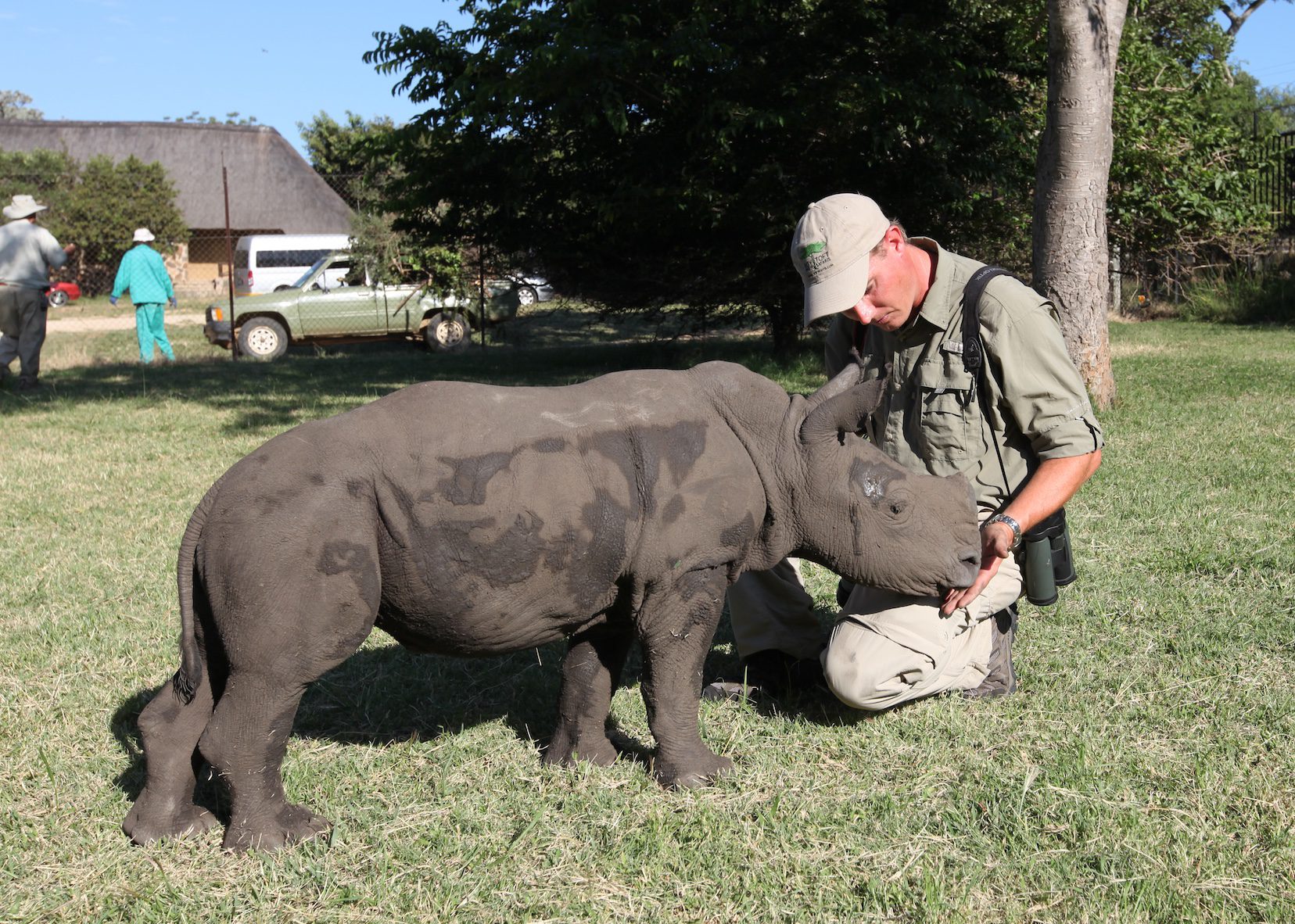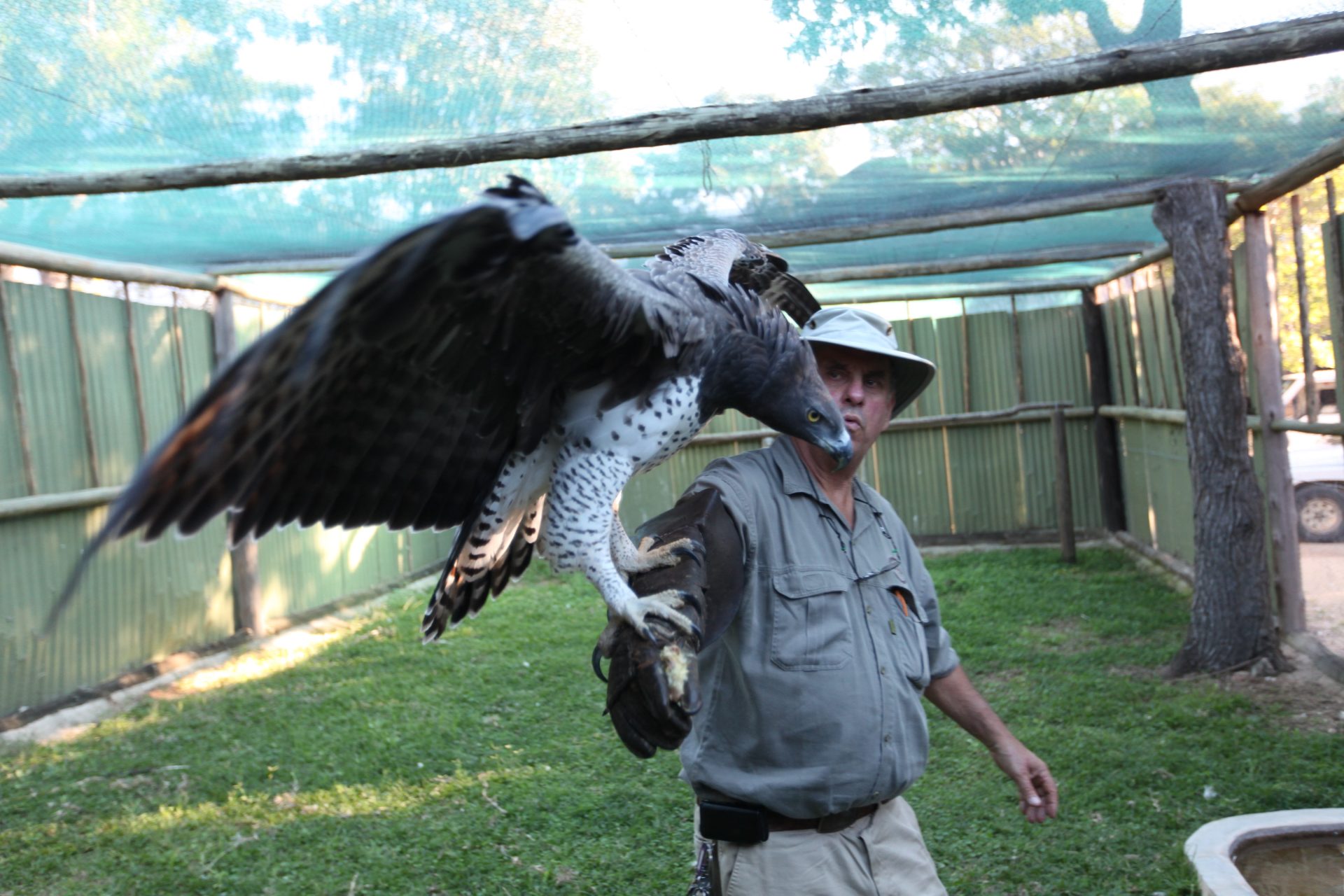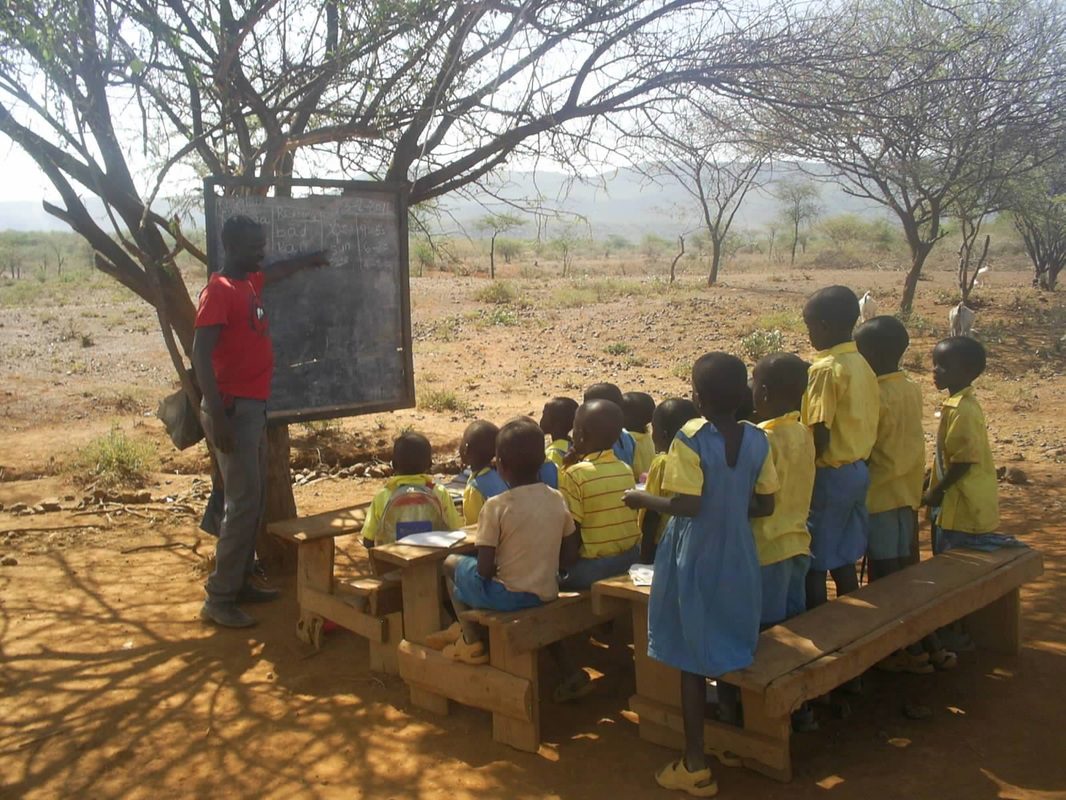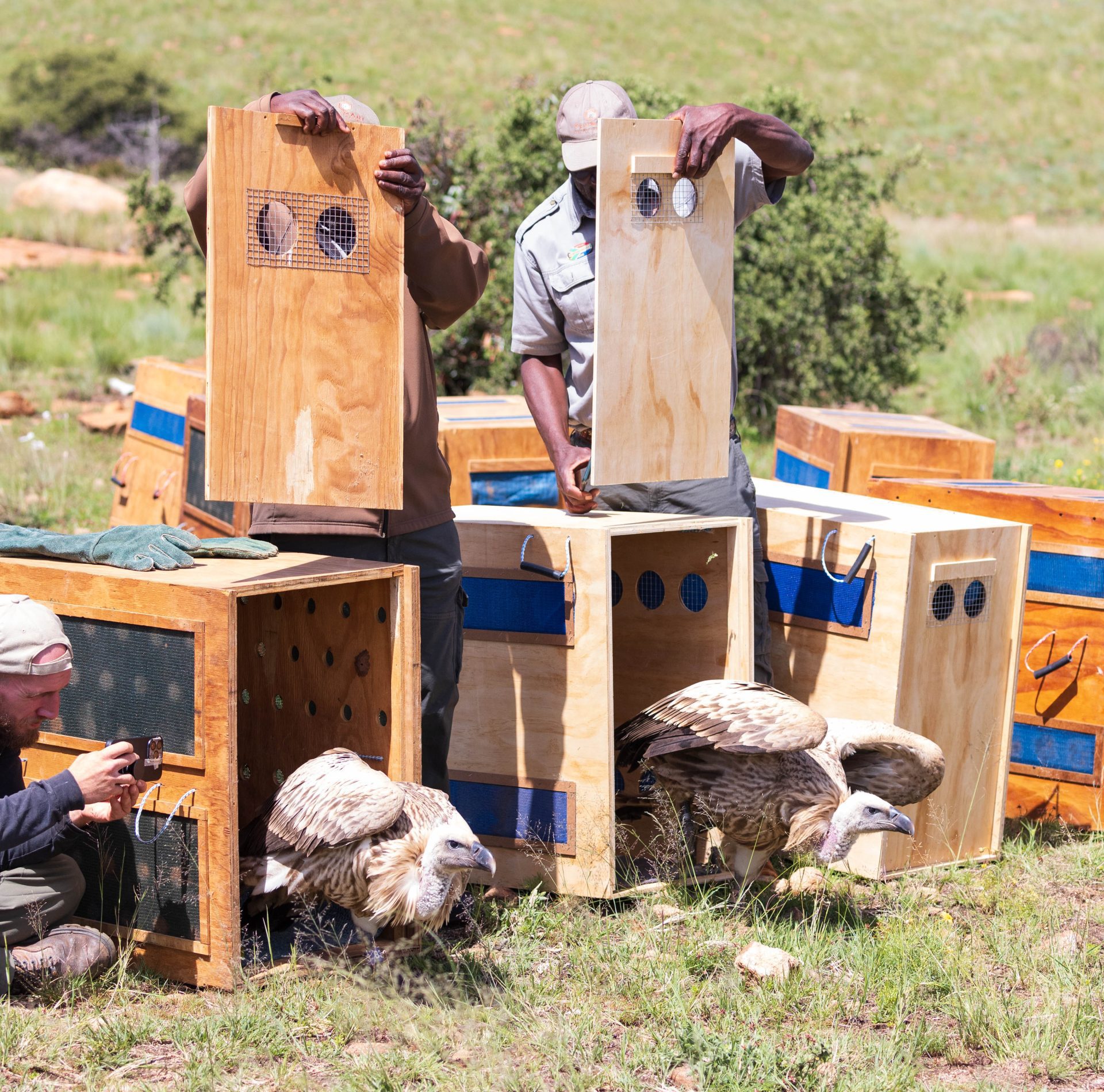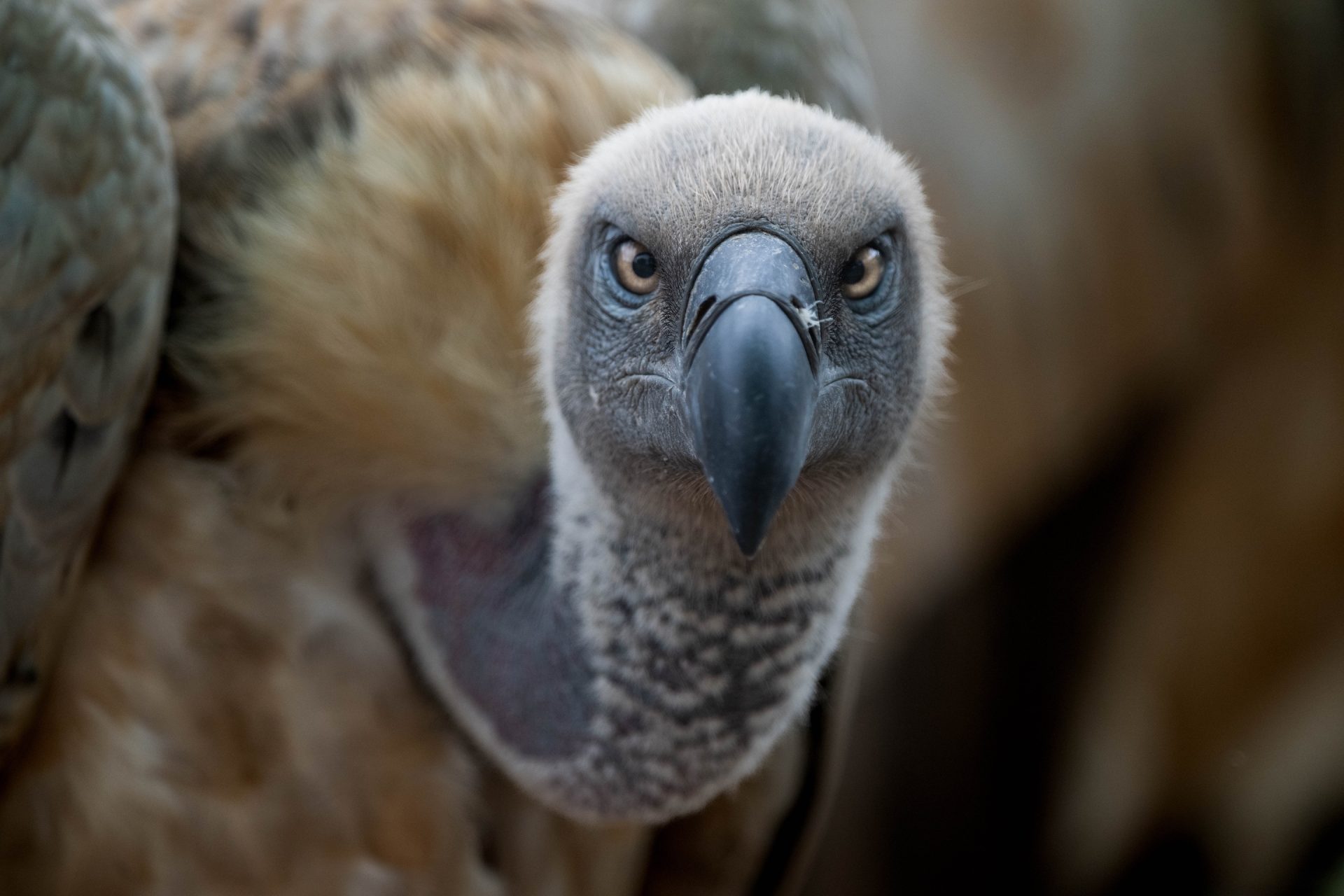Repatriating Blue-throated Macaws to Bolivia:
a Twelve-Year Journey
(that is Just the Beginning)
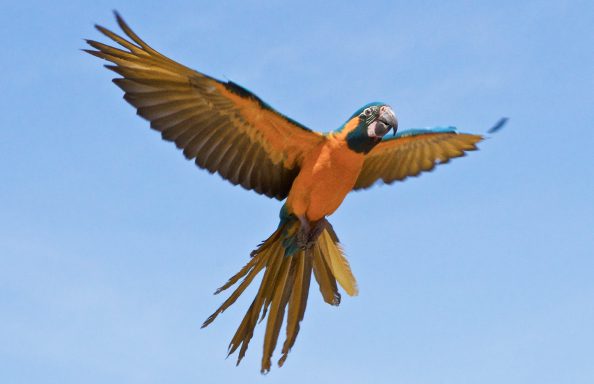

The blue-throated macaw (Ara glaucogularis) is found only in the north central wetlands area of Bolivia called the Beni Savanna. They are listed as “critically endangered” on the International Union for Conservation of Nature’s Red List of Threatened Species, with the entire wild population estimated at fewer than 400 individuals.
The World Parrot Trust (WPT) began conservation efforts for these birds in 2002, when they worked with local and international partners to establish the Gran Mojos Municipal Protected Area in 2017. This 1.5-million-acre tract of land holds approximately 50% of the known breeding pairs of blue-throated macaws.
In 2006, Natural Encounters Conservation Fund (NECF) established a breeding population of blue-throated macaws at its facilities in Winter Haven, Florida in partnership with the WPT. Their initial objective was to repatriate these birds to Bolivia to supplement the resident native population.
NECF is a 501(c)(3) nonprofit organization founded to help endangered wildlife through conservation education, raising and donating money for in-situ conservation programs, and direct conservation efforts such as the captive-breeding of blue-throated macaws.
On September 24th of this year, Steve Martin and Rob Bules transported 14 blue-throated macaws from Florida to their native homeland in Bolivia where they will strengthen the in-situ conservation program for these endangered parrots. Steve had the following to share about the long-awaited experience:
“Our flights from Miami through Bogota to La Paz were routine. However, getting the birds to their destination in Trinidad, Bolivia was an unexpected and substantial challenge. Two flights were cancelled due to smoke from brush fires that closed the Trinidad airport. When we went to rent a van for the 8-hour drive to Trinidad, we found out a workers’ strike blockaded the only road from La Paz to Trinidad. The birds spent that night in quarantine in the clinic at the La Paz Zoo.
When we arrived at the La Paz airport the next morning, there were camera crews and government officials waiting to see the birds and wish them well on their trip to their ancestorial homeland in the Beni Savanna near Trinidad, Bolivia. Fortunately, the overnight rains cleared the smoke enough to open the airport and we were able to fly to Trinidad with the birds. Upon arrival, we were met by more government officials, dignitaries and a huge celebration complete with indigenous dancers who showed up to celebrate the arrival of their most revered bird, the blue-throated macaw.
Shortly thereafter, the birds were in their quarantine facilities just outside of Trinidad. The birds took right to the native food found in the region, especially the fruit of the local Motacu palm trees, a favorite of the wild blue-throats. After quarantine, these 14 macaws will join 19 other blue-throats previously repatriated from Canada and the UK. These 33 birds now form a strong foundation of an important in-situ conservation program for this critically endangered species.
This repatriation process was anything but easy. Permitting took over 12 years, the scheduled 24-hour journey to Trinidad took over 48 hours, there were six cancelled flights, a 9-hour bus-ride and our travel home took more than three days. The birds are safe and well-adjusted to their new home, and conservation efforts for this magnificent species received a significant boost. We look forward to starting a new permitting process to repatriate more blue-throated macaws to their native homeland and continuing our efforts to help this spectacular bird.”

